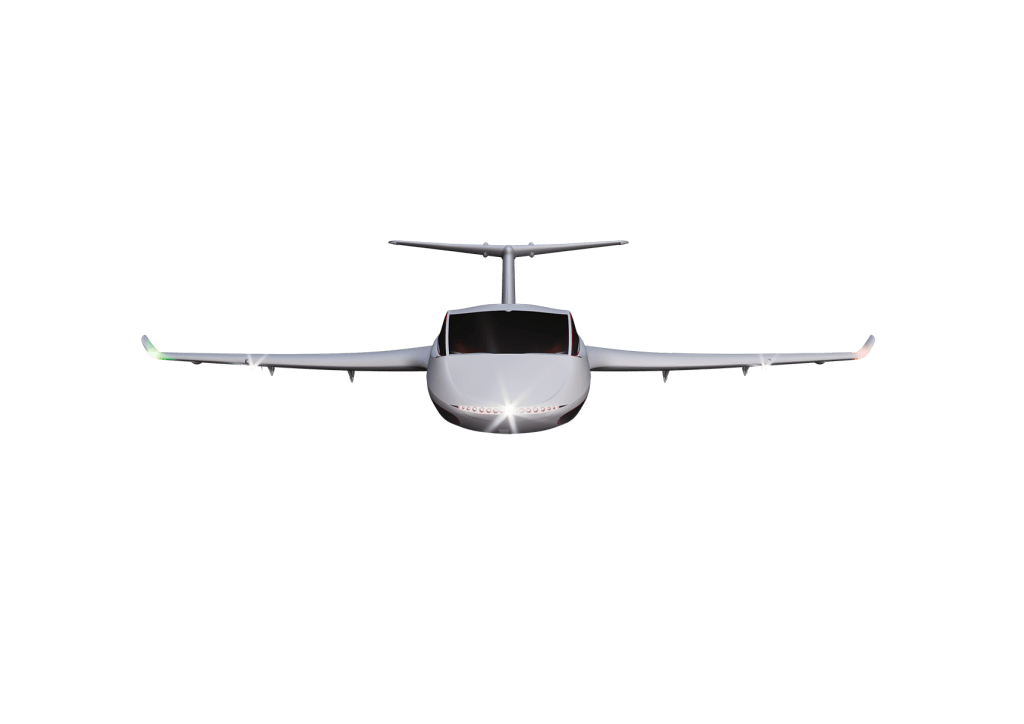Cranfield based UK technology startup, ARC Aerosystems, has reached a major milestone with the successful conventional take-off and landing (CTOL) flight test of the company’s 50% scale fully electric aircraft, the Starling, moving towards vertical take-off and landing (VTOL).
ARC’s Starling project aims to commercialise the world’s first e-VTOL hybrid aircraft. ARC’s CEO, Dr Seyed Mohammad Mohseni, praised his team’s resilience attributing this latest success last month to their, “striking and unparalleled dedication during unprecedented times”. ARC’s Chief Production Officer explained: “We believe passionately in our proven technology, COVID-19 threw a few challenges our way but this passion fuels our determination, securing this success.
“CTOL trials are an essential step towards VTOL aircraft development. Ticking off the CTOL flight capability is a crucial step towards the validation of all flight modes. With CTOL trials complete, we will begin hovering trials and the flight trials will be concluded by transition between hovering flight and aerodynamic flight in both directions.”
During the CTOL flight test (November 2020) the aircraft took off at a length of 250 metres, demonstrating a great potential for Short take-off and landing (STOL). Take-off and landing were smooth, and the vehicle maintained a comfortable cruise at a speed of (90 mph) airborne for over five minutes. Witnesses were amazed at just how quiet this aircraft was compared to a helicopter.
The flight tests included evaluations on aircraft flight dynamics, performance as well as handling qualities. As the e-Starling adopts a semi blended wing body (BWB) design, it requires a low angle for take-off; it is important to understand when the aircraft is capable of taking-off and at which speed.
Apart from slow and fast taxiing on the runway as well as take-off and landing; the half scale demonstrator also performed banking manoeuvres in addition to tests on yaw, pitch and roll. The results show very stable in terms of handling quality.
Among other tests of subsystems were brake, telemetry, redundancy links, and ensuring the centre of gravity (CG) of the aircraft is at the correct design place.
The aircraft’s performance matched the predicted calculations made during preliminary and detailed design stages.
“The data provided by the flight tests were sufficient and invaluable for us to feed into fine tuning the aircraft for auto pilot to allow us to conduct a subsequent test on auto pilot mode,” said one of the engineering crew on-site.
Why a CTOL test for a VTOL aircraft? The ability to take off and land conventionally is an important part of the safety justification for VTOL aircraft, a key safety contingency.
ARC’s Aircraft Design Adviser, Professor John Fielding explained: “Safety is key. We have investigated various safety challenges via CFD analysis and now through the flight tests using this 50% scaled CTOL prototype.”
ARC Aerosystems is a disruptive green-tech start-up based at the Cranfield Technology Park in the UK. The company’s engineers are pioneering the development of the world’s fastest hybrid-electric vertical take-off and landing (VTOL) aircraft set to revolutionise civil air transportation globally. ARC Aerosystems is now listed in the top five e-VTOL start-ups worldwide and is regarded as an essential and key contributor to the third aerospace revolution .
ARC Aerosystems has been developing its unique manned and unmanned aircraft with two scaled prototypes (10% and 20%) successfully built, flown, and showcased in reputable international air shows such as Singapore, Geneva and Farnborough.
Preparations for the e-VTOL flight tests are already well underway and2021 will see the completion of the 50% e-VTOL version of the e-Starling.
News Source: Ads Advance


